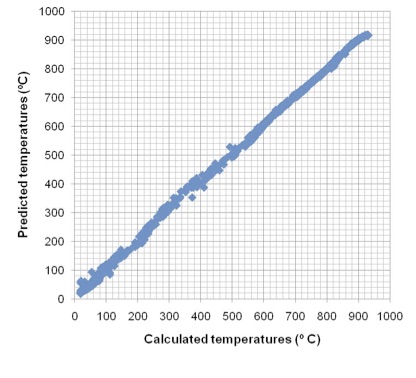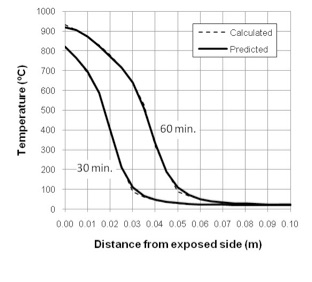Artificial Neural Networks
Artificial neural networks (ANN) have become a very popular technique in many fields such as medicine, finance, economics, engineering, etc. The types of problems to which they are applied to are also extensive and vary from classification and prediction to data visualization and compression. The number of neuro-like models and schemas as well as ways to implement neural models is permanently increasingly. A neural network is basically a large number of highly interconnected idealized neurons that receives input from the neurons to which it is connected, computes an activation level, and transmits that activation to other processing neurons. In a feed forward neural network, as used in this work, the artificial neurons are grouped in layers. In each layer, all the neurons are connected to all the neurons in the next layer. No connection exists between neurons of the same layer or the neurons which are not in successive layers. Basically, a minimum of three layers of neurons must exist: (i) one input layer; (ii) at least one hidden layer; and (iii) one output layer of neurons. Each connection between artificial neurons is characterized by a weight value. Each neuron of the input layer receives information (data from experiments or analysis) that will be the output of this layer and passes it to the neurons of the following layer weighted by the weight of the connection layer. In all of the subsequent layers, each neuron computes the weighting sum of all the n neurons of the precedent layer
Publications
CACHIM, PB (2011). Using artificial neural networks for calculation of temperatures in timber under fire loading, Construction and Building Materials, 25(11), pp. 4175-4180, ISSN:0950-0618, DOI:10.1016/j.conbuildmat.2011.04.054.
CACHIM, PB (2010). Using artificial neural networks for predicting of temperatures in timber, Proceedings of SIF – International Conference on Structures in Fire, pp. 602-609, East Lansing, USA, 2-4 May 2010.
CACHIM, PB (2010). Temperature prediction in timber using artificial neural networks, WCTE 2010 – World Conference in Timber Engineering, Riva del Garda, Italy, 20-24 June 2010.

